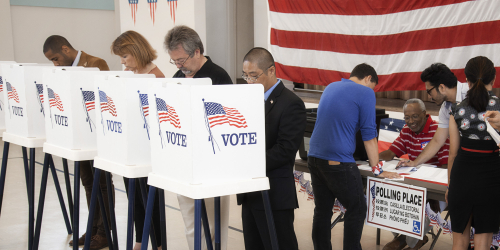In the first few months since passage of a ballot initiative last November, Missouri quickly became home to a billion-dollar recreational marijuana industry. With virtually no money available to oppose the $10 million spent by the cannabis industry to fully legalize the weed, the initiative passed by 53-47% in this traditionally conservative state.
A total of 23 states have legalized recreational marijuana now. The liberal states of Colorado and Washington were the first to do so eleven years ago, also based on ballot initiatives that have been the central part of the cannabis strategy to become the $30 billion industry that it is today.
Federal law continues to ban this harmful drug, so it remains illegal to transport across state lines. But most of the marijuana sold is grown or imported into each state illegally, and Bible-Belt Oklahoma is overrun with illegal production and related crimes even though Oklahoma voters rejected legalizing cannabis earlier this year.
The harmful potency of pot has tripled from a generation ago, and one study showed a 3- to 4-fold increase in schizophrenia over the last 20 years. One in six teenage users of cannabis will become addicted to it, and those addicted become 3.2 times more likely to inflict self-harm and die from homicide, often after they spark the violence.
Yet these solid studies are often clouded by research funded by the pot industry itself. They will stop at nothing to market their dangerous products to an unsuspecting public. Marijuana is not an industry of small growers and local shops. It is an industry of shadowy billion-dollar conglomerates whose biggest expense is the marketing it takes to take something that the public knows is wrong and make it look right. It’s an expensive proposition, but the profits behind weed are so massive that they can justify the cost. Don’t be fooled by the pretty packaging. Marijuana is a danger to our communities, just as it was a generation ago. We must hold the line against it.






